Scientist/Surfer Studies Coral Reef Survival
Reef Resilience
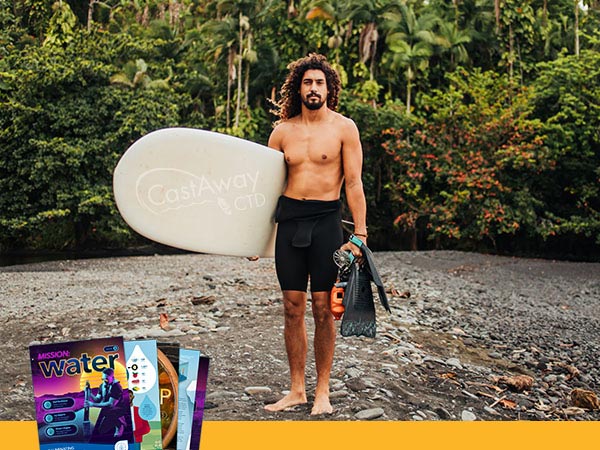
Dr. Cliff Kapono, photographed by Nani Welch Keli’iho’omalu
Head-high waves were breaking over the reef, battering Cliff Kapono every 10 seconds or so as he sat on his surfboard.
As the surf pounded and pushed him towards nearby rocks, a rush of sediment-stained floodwaters from Honoli'i Stream threatened to sweep Kapono away from Hilo Bay and out to the raging ocean.
A stone's throw from his childhood home—and from his office in the Multiscale Environmental Graphical Analysis (MEGA) Lab at the University of Hawaii at Hilo−Dr. Kapono battled to keep in position as he measured the salinity of the turbulent mass of water beneath him, tossing him like a piece of driftwood.
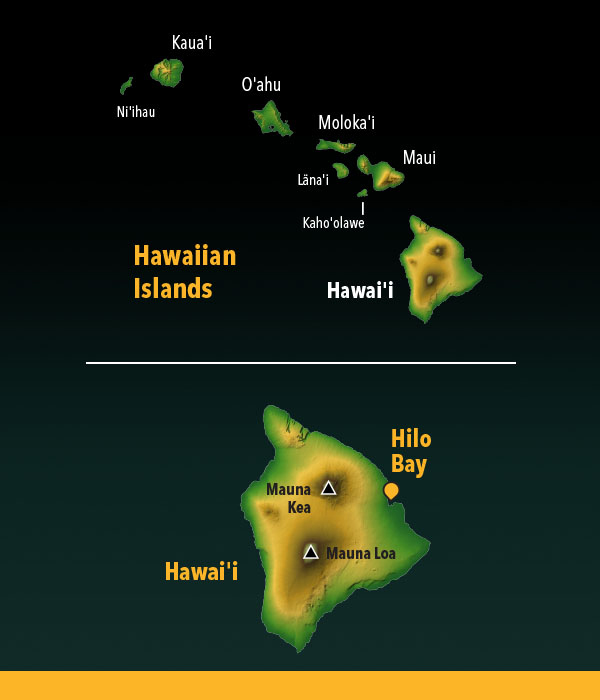
The Hawaiian Islands (top) and Hilo Bay on Hawai’i (bottom).
Kapono learned to surf at the mouth of Honoli'i Stream, building skills that have propelled his pro surfing career and led him to catch waves around the globe. He also learned to love and explore nature, sparking a parallel career that landed him a National Science Foundation-funded post-doctoral fellowship at his alma mater in Hilo. And while he has studied biochemistry all over the world, Kapono is captivated by the surprisingly healthy reef in the bay where his story started.
"These are some of the most biodiverse coral reefs I've seen," he says from his base in Hilo. "And what's so cool is these corals aren't like the corals you would see in Finding Nemo: the big fan corals, pinks and purples and crazy colors. These are more native, endemic corals—very Hawaiian. To me, they're the working-class coral of the world, and they're in a working-class community in Hawaii.
"It's so non-intuitive to think that we have these thriving corals, because the water is brown a lot because of the runoff," he adds. "I'm just trying to understand why the reef is not completely destroyed like so many other places that have similar point-source pollution in their system."
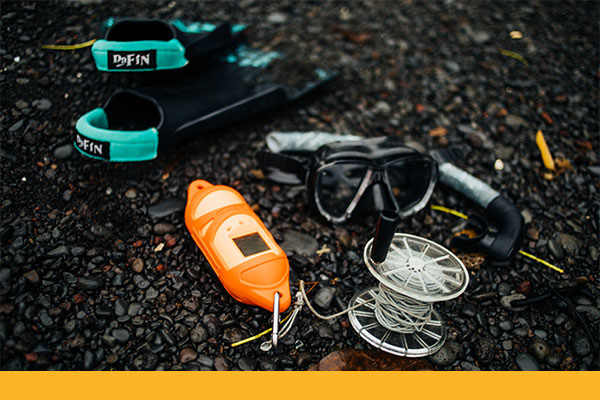
Along with his swimming gear, the SonTek CastAway-CTD is a must-have tool when Kapono is studying the reef.
Ahupua'a
Kapono characterizes the flow of sediment and freshwater into the bay not just in scientific terms and milligrams per liter, but in uniquely Hawaiian terms, using the traditional concept of ahupua'a−wedge-shaped allotments of land that ran from the volcanic peaks to the sea.
"There's a fundamental idea in Hawaiian culture that connects the ridge to the reef, and the watershed is the resource that facilitates that thinking," he explains.
"What happens up in the mountains ultimately will get out to the ocean through this conduit. The conduit is introducing a disturbance to the reef. I want to characterize the events when these large amounts of freshwater carrying silt and sediment put these plumes out into the bay. Why is the coral still surviving? Because that same action from a very different perspective is happening to other bays across the world."
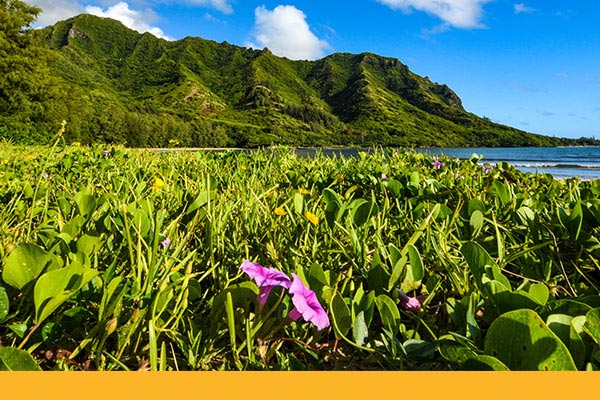
Indigenous Hawaiians connect mountain peaks, slopes and the sea in a relationship they call ahupua'a.
Kapono suspects the answer may lie in the coral's microbiome, the teeming mass of bacteria and fungi that coat the reef in a thin but vital layer of mucus that he describes as the reef's immune system. On the surf circuit, Kapono studied the impact of ocean water on the microbiome of his fellow athletes. Now he's planning to apply the same analytical technology to study changes in the microbiome of the reef itself as it endures and recovers from repeated blasts of sediment.
"I'm interested in monitoring what the resting microbiome is before the disturbance, during the disturbance and after the disturbance to hopefully better understand if the microbiome changes," Kapono explains, likening it to a good workout. "It's like the resting heart rate, a heart rate during the disturbance and a return to the resting heart rate. If the microbiome is changing, how quickly can you recover to a healthy microbiome?"

Characterizing
Before he shifts his research to the stage of sampling and analyzing microbiota from the reef, Kapono characterizes the flow of water and sediment throughout the water column.
His tool is a SonTek CastAway-CTD, which measures conductivity, temperature, and depth at a rate of 5 Hz, then calculates salinity, sound speed, and other parameters. To take measurements of the water column, Kapono lets the CastAway sink to the reef and reels it back up on a polypropylene line.
About the size of a soda can, the CastAway-CTD tags each cast with its GPS location at both the beginning and end of the measurement. So even while drifting rapidly in strong wave- and tide-induced currents, Kapono has been amassing a detailed, three-dimensional database of the movement of the freshwater lens that drifts over the denser saltwater of Hilo Bay during storms.
"The CTD provides me with the opportunity to visualize where the water is flowing," he says.
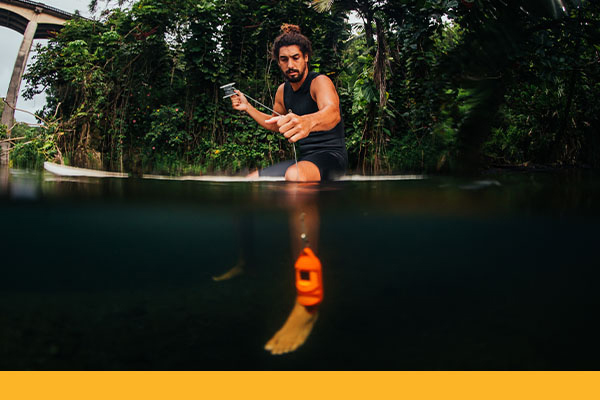
He credits data from the CastAway with helping him adjust his hypothesis and hone his research focus.
Deeper Understanding
Kapono's original hypothesis was that freshwater runoff reduced the salinity of the water that washed over the reef during storms. However, data from the CastAway revealed that the freshwater river discharge remained closer to the surface instead of sinking to the level of the reef. He noted that sediment was more likely to sink and contact the coral, so Kapono has pivoted his research focus to assessing sediment, not salinity, as the disturbance at the heart of his study.
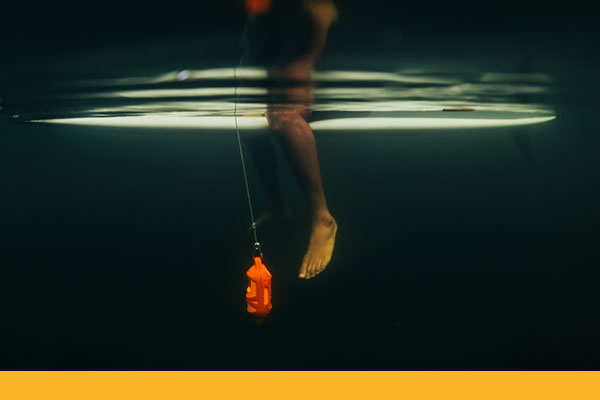
"Without the CastAway, I would have thought, 'oh, it's just the freshwater,'" he admits.
"I would have assumed. If you think about the properties of water, it makes sense that the freshwater is going to sit on top of the saltwater, but if you don't ever characterize it and you can't quantify it, it becomes difficult to take the next step and look at the sediment within that freshwater.
"If that freshwater is the vehicle that carries the disturbance and we don't know where it goes, then we will never know how it impacts the reef."
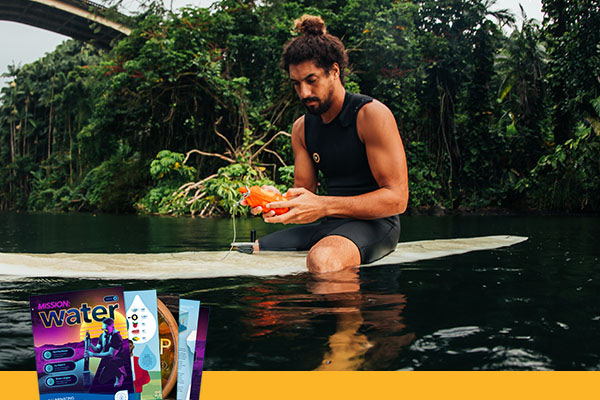
Dr. Cliff Kapono, University of Hawaii at Hilo, Honoli‘I Stream Ecosystem Study
Dr. Xue Fan, Senior Applications Engineer at SonTek, says Kapono's research may help explain and spotlight an important success story.
"We often hear about coral reefs dying and researchers trying to figure out why, whether it's coral bleaching, rising temperatures, changes in seawater pH, or other factors," she says. "But it's equally important to understand how coral reefs thrive, especially in an environment where you don't expect them to. It's a success story, and it may also be a roadmap for future conservation efforts.
"Only once we understand why a success story like this occurs can we apply those lessons and take action to preserve our natural environment and protect reefs around the world."
Kapono says he is driven to understand the success of the "working class coral" in his backyard and share its secrets. To him, the thriving reef in Hilo Bay is more than just a study of water columns, invertebrates, and microbiota, it is a success story to share.
For Kapono, it's a human story, too.
"Within our indigenous perspective as native people from Hawaii, we believe that we have a familial, genealogical tie to the coral reef as humans," he explains. "I hope that nature can inspire what's happening in society. There are some things in nature, like these coral reefs, that are incredibly resilient. Especially now in this time where we're faced with a lot of social inequities and social injustices, hopefully, that can inspire us to empower our resiliency as people from all different genders, occupations, races, political and religious beliefs—that a little bit of adversity might actually prove beneficial to our survival.
"It seems like such a beautiful story to tell through science," he adds.
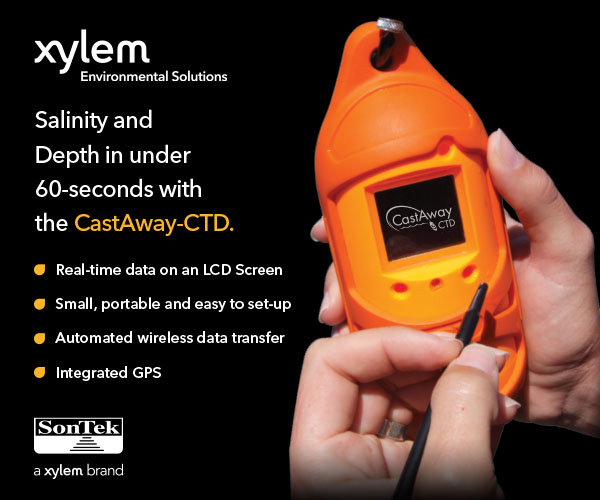
CastAway info.